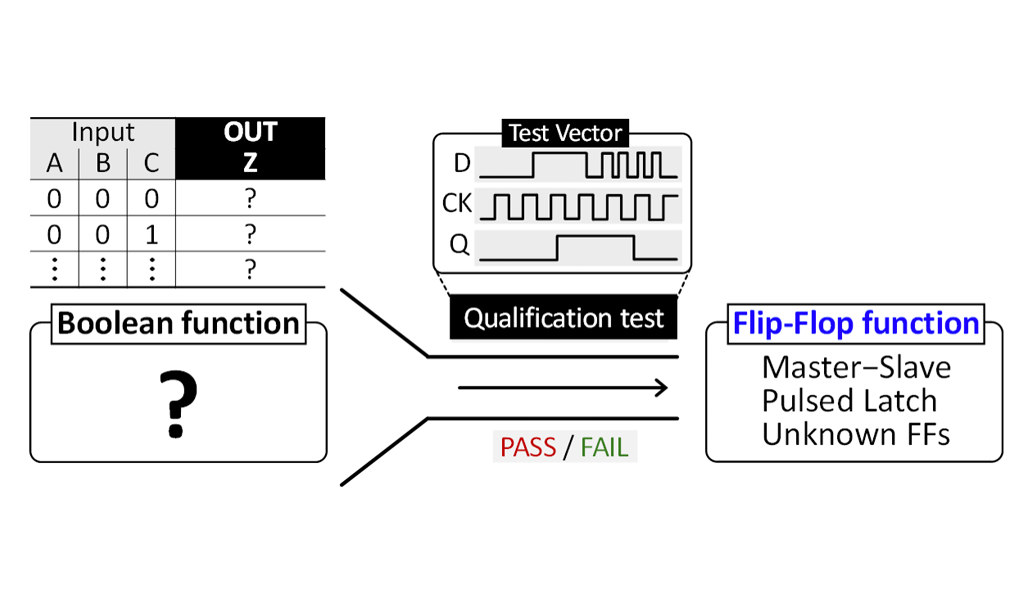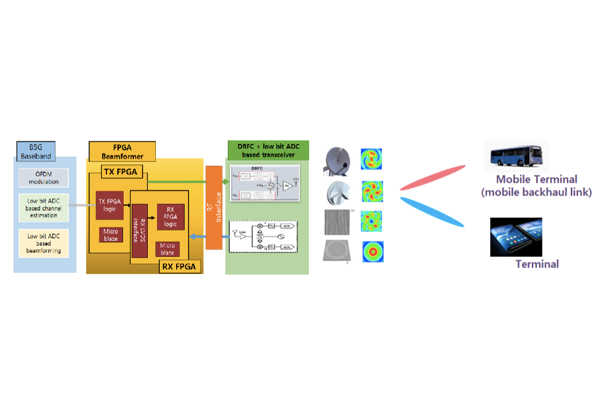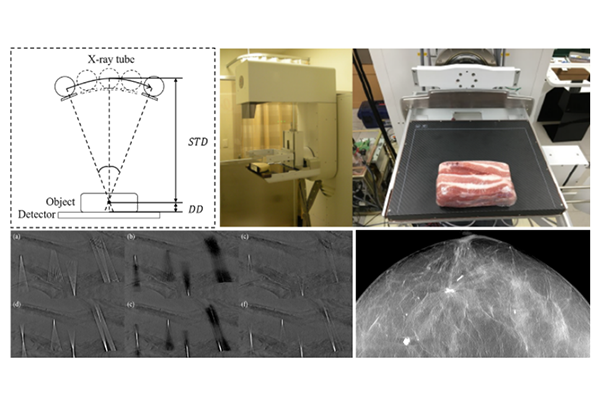-
Research Highlight Top Story
Small-Perturbation Electrochemical Impedance Spectroscopy System with High Accuracy for High-Capacity Batteries in Electric Vehicles
Prof. Kwon developed an electrochemical impedance spectroscopy system for EV batteries, achieving maximum accuracy with minimal current....read more
-
Research Highlight
SeGen: Automatic Topology Generator for Sequencing Elements
Prof. Wanyeong Jung’s group has developed SeGen, a new design framework that automatically generates high-performance flip-flops outperforming conventional designs....read more
-
Research Highlight
Normal tissue complication probability (NTCP) calculator development for research and clinical activities
Radiation therapy is one of the most important tools in the fight against cancer. Generally, tumor control is mainly considered for treatment planning. However, radiation-induced side effects are considered as well. The NTCP is the probability of critical normal tissue having complications as calculated from the combined effect of the radiation dose and volume. Some normal tissue complications are very important for a normal quality of life after radiation therapy. The NTCP calculator is software developed at KI IT Convergence to calculate the NTCP with various methods in a clinical format, DICOM. The Lyman-Kutcher-Burman NTCP model is implemented with a flexible parameter input interface. The NTCP calculator will be used at local university hospitals for research and clinical purposes....read more
-
Research Highlight
Automatic quarantine system to fight against COVID-19
COVID-19 has been the riskiest issue since 2020. In the 21st century, SARS, MERS and Ebola were risks in the world-wide health system, but all of them were successfully eliminated. The main difference between COVID-19 and other diseases is the reality of patients with no symptoms. Many COVID-19 patients can infect others without experiencing any symptoms themselves. Thus, the traditional quarantine system fails for reason. A New quarantine system was developed by combining different known systems attached to a network system. The developed system was installed at Daejeon city hall and has been operating since August of 2021. ...read more
-
Research Highlight
B5G and 6G Wireless Communication Technology
Fifth generation mobile communication technology has been commercialized around the 3.5 GHz band. If 5G technology that utilizes the 28 GHz millimeter band is commercialized, it will develop into a technology that drives the fourth industrial revolution. Prof. Ju Yong Lee is conducting research on B5G (Beyond 5G) mobile communication technology, centered on full digital technology. He is also conducting research on 6G mobile communication technology, which is expected to be commercialized around 2030. He is developing core technologies for antennas, RF frontends, and baseband modules in order to support 1 Tbps capacity for 6th generation mobile communication technology....read more
-
Research Highlight
Development of an innovative image reconstruction method for highly reliable digital breast tomosynthesis imaging
Medical Imaging and Radiotherapy (MIR) Lab, led by Prof. Seungryong Cho, a faculty member of KI for IT Convergence, has developed a novel and efficient image reconstruction method for producing clinically reliable digital breast tomosynthesis (DBT) images. DBT images are often subject to high-density object artifacts such as ripple and undershoot, which can degrade overall image quality and may lead to misdiagnosis. The newly developed method has been shown to successfully remove those artifacts, thereby improving lesion detectability....read more

291 Daehak-ro Yuseong-gu Daejeon, 34141, Republic of Korea
Partnered with KAIST Breakthroughs and KAIST Compass






